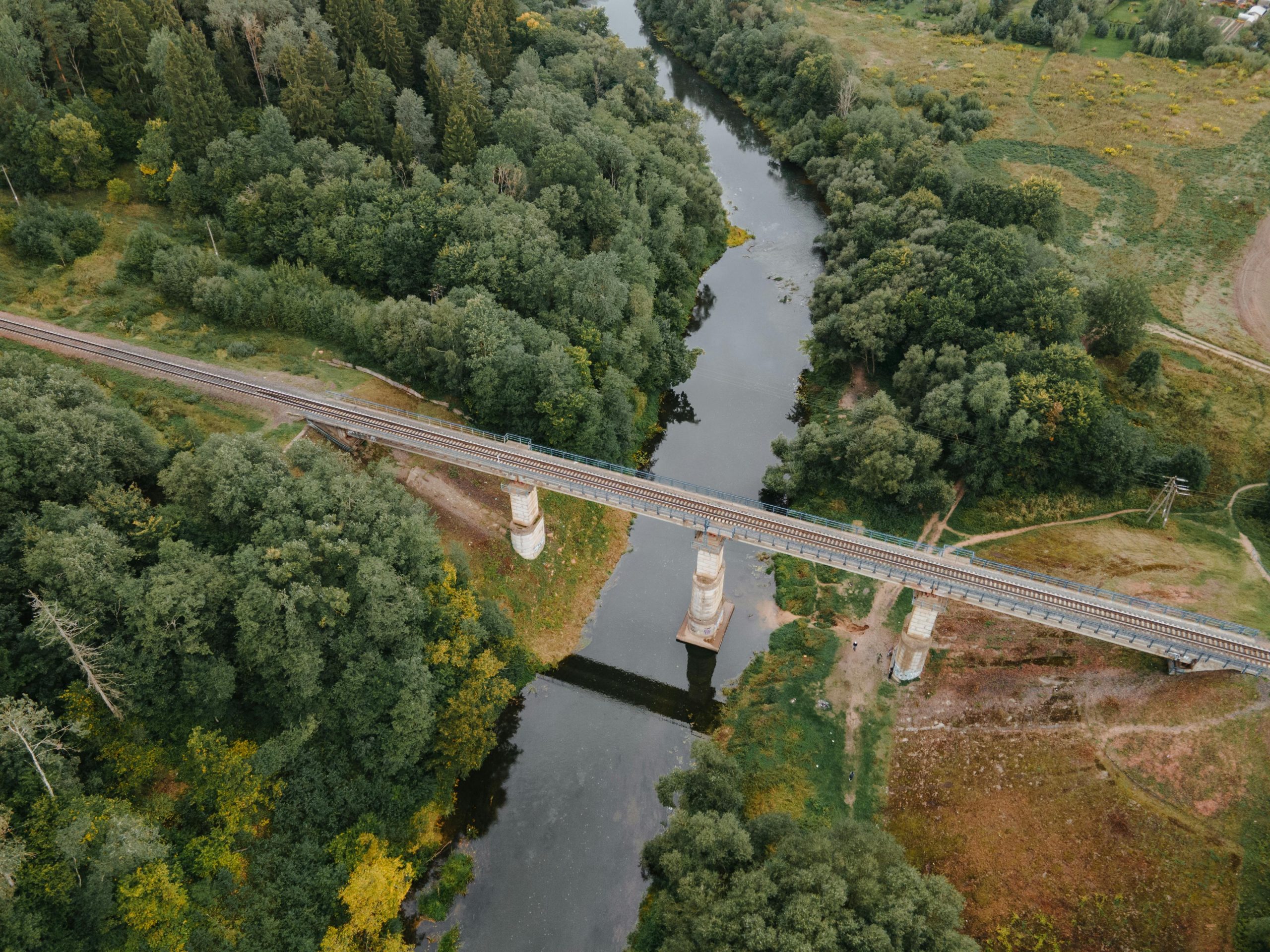- Digital advancements redefine connectivity, making information and market access crucial for rural and urban areas.
- Internet and mobile technologies create virtual pathways for rural regions’ commerce, education, and innovative growth.
- Broadband internet introduction leads to rural economic transformation, enabling global marketplace participation and e-commerce development.
- Varied rural contexts require tailored infrastructure solutions, but investment remains key to community vitality.
- Sustained infrastructure development is vital for equitable global economy participation and future community resilience.
Rural regions have long been the backbone of economies, often housing vital sectors such as agriculture and natural resource management. Yet, despite their importance, rural communities have persistently lagged behind their urban counterparts in economic and social development. Among the myriad factors contributing to this disparity, a lack of adequate infrastructure has stood out as a critical barrier to success. Investment in infrastructure projects is key to unlocking rural communities’ full potential, fostering economic growth, and improving the quality of life for their inhabitants.
Importance of Infrastructure in Rural Development
Rural infrastructure goes beyond physical structures; it is the bedrock upon which sustainable development is built. It encompasses the utilities, transportation, and communication systems network crucial for industries to operate efficiently and for people to access opportunities. When thoughtfully planned and implemented, infrastructure developments bring benefits that reach every corner of the rural economy.
Enhancing Accessibility and Connectivity
In rural settings, access is king. The ability to reach markets, resources, and services is fundamental to the economic well-being of local populations. Well-constructed infrastructure minimizes the physical isolation of rural areas, connecting them to urban centers and global markets.

Road and Bridge Construction
Perhaps one of the most tangible improvements that can be made in rural areas is the construction and maintenance of robust road and bridge networks. These arteries of mobility facilitate the movement of goods and services and enable healthcare professionals, educators, and myriad other service providers to reach rural communities.
New roads and bridges open up formerly inaccessible areas to development. They catalyze growth by reducing transportation costs, expediting the flow of commerce, and enticing new businesses to sprout along their routes. Improved infrastructure also promotes tourism, which can buoy local retail and hospitality sectors.
Public Transportation Systems
In areas where individual mobility is limited, public transportation becomes a lifeline. Buses, trains, and other shared modes of travel enable rural residents to overcome vast distances, making it easier to secure employment in distant towns or access educational institutions.
Rural infrastructure reduces the economic burden on households by weaving a fabric of public transit options. It allows them to invest discretionary income in local businesses, education, or improving their homesteads. Furthermore, public transportation can invigorate rural tourism, providing an additional source of revenue for local economies.
Improving Quality of Life through Utilities
While economic impacts are significant, the development of utilities profoundly influences the day-to-day lives of rural citizens.
Electricity Supply and Renewable Energy Sources
The electrification of rural areas paves the way for industrialization, small business development, and the modernization of agriculture. It extends working hours, allows for the preservation of goods through refrigeration, and underpins the growth of cottage industries that cater to global supply chains.
Adopting renewable energy sources, like solar or wind, not only offers a sustainable solution to the power needs of rural economies but also presents new opportunities for income generation. By becoming producers and consumers of energy, rural communities can secure more balanced and self-sufficient economies.
Water Supply and Sanitation
Reliable water and sanitation services are fundamental to improving public health and fostering agricultural productivity. Infrastructure projects that drill wells or construct water treatment plants ensure that rural populations have access to clean drinking water and the means to irrigate their fields, yielding healthier communities and increased crop yields. Hiring reputable well drilling services is an excellent way to support local businesses and stimulate the economy.
Sanitation infrastructure plays an equally critical role by mitigating the spread of water-borne diseases and improving overall hygiene. Collective investments in these basic utilities positively impact community health, reduce medical costs, and enhance the food security of vulnerable populations.

Internet and Communication Technologies
The advent of the digital age has redefined connectivity, making access to information and markets as essential as the physical roads that lead to them. Internet and mobile communication technologies bridge the gap between rural and urban areas, creating virtual arteries for commerce and knowledge exchange.
Through connectivity, rural entrepreneurs gain access to global marketplaces, farmers receive real-time data on weather patterns and market prices, and students tap into online educational resources. The introduction of broadband internet can also spur innovation, attracting tech-savvy individuals to rural communities and supporting the growth of e-commerce.
Conclusion
Transformation of rural economies through infrastructure development is not a one-size-fits-all endeavor. Varied landscapes, cultural contexts, and economic activities necessitate bespoke solutions. Yet the common thread is clear: Investment in rural infrastructure is an investment in communities’ resilience and vitality.
To ensure the continued prosperity of rural economies, a commitment to sustained infrastructure development must remain a priority. Such initiatives will not only serve to redress historical inequities but also to prepare rural communities for the challenges and opportunities of the future. By building the roads to prosperity—literally and figuratively—society can enrich the lives of millions and foster a more inclusive, equitable global economy.

